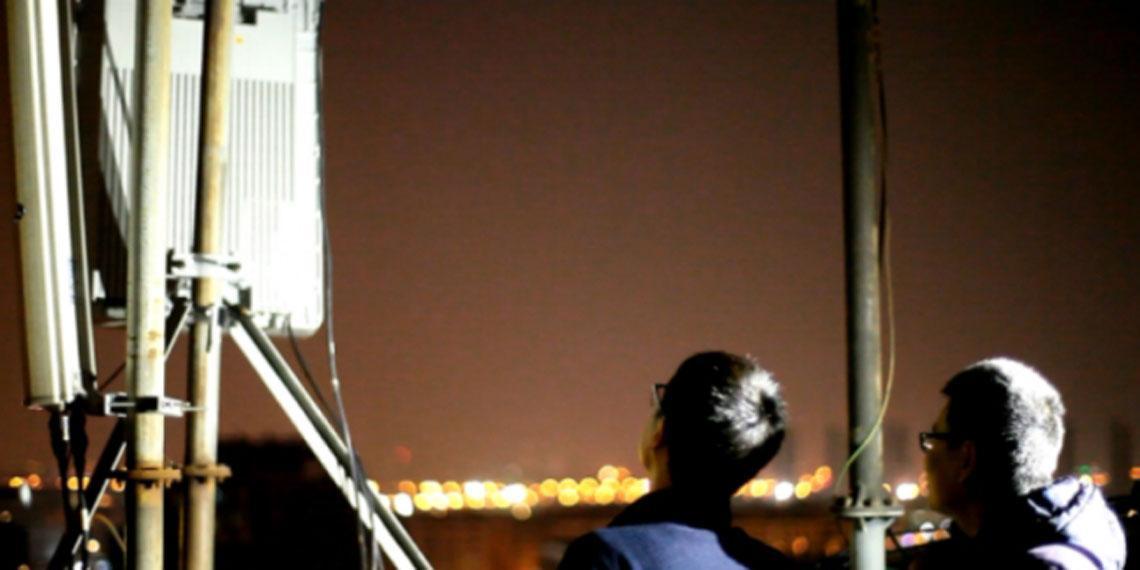Huawei, together with China Unicom Group, completed field verification of the industry's first FDD-based Massive MIMO technology on January 17, using the existing two-antenna receiving terminal on the 20MHz spectrum to achieve a peak network rate of 697.3Mbps, 4.8 times that of traditional FDD LTE. The successful verification also demonstrated the innovation ability of both sides.
With the rapid development of mobile Internet applications, such as high-definition video and online games, MBB networks face a huge challenge in capacity. Massive MIMO can help operators greatly enhance wireless network capacity and user experience by maximizing existing sites and spectrum resources. Massive MIMO is the best technology to boost spectrum efficiency and is one of the key solutions for Huawei's 4.5G Evolution. Massive MIMO solutions have three typical characteristics: AAU hardware form, 3D user-level beamforming, multi-user MIMO.
AAU hardware form
The Massive MIMO solution requires large-scale antenna array elements and RF transceiver channels. If RF and antenna are separated, engineering feasibility and system reliability are both extremely challenging. AAU is an integrated active antenna solution from Huawei, which integrates RF and antenna elements to ensure the reliability of Massive MIMO solutions and greatly enhance the feasibility of the project.
3D user-level beamforming
Massive MIMO uses a large array of antennas to provide precise control of beam width and angle in both vertical and horizontal directions, enabling 3D user-level beamforming, therefore improves network coverage and reduces overall network interference.
Multi-user MIMO
Based on accurate 3D user beamforming, accurate channel estimation and user algorithms, Massive MIMO allows multiple terminals to simultaneously reuse the same spectrum resources, therefore further enhancing network capacity.
The joint field test, based on 20MHz spectrum, using an FDD LTE commercial terminal, demonstrated that the average mobile phone rate grows up to 87Mbps, which can support users to watch 4K high-definition video smoothly. The test also verified the network peak up to 697.3Mbps, 4.8 times that of the traditional FDD LTE.
According to the 3GPP standard, Release 10 defines an eight port multi-antenna technology in TM9 mode, Release 13 defines a 16 port multi-antenna technology and Release 14 defines 32-port multi-antenna technology. With commercialization of the terminals supporting the above protocols, the spectral efficiency of Massive MIMO will be further enhanced in the future. Based on the existing FDD LTE Massive MIMO prototype, Huawei will continue to optimize its products and drive the FDD LTE Massive MIMO industry chain to mature.
Cao Ming, President of Huawei's FDD Product Line said, 'Our goal is to bring considerable commercial value to operators through innovative technology. This successful field verification between Huawei and China Unicom, once again demonstrated the innovative capability of Huawei's 4.5G Evolution technology. Huawei's Massive MIMO product has the ability to evolve to 5G to protect the operator's investment in the coming 5G era.'





